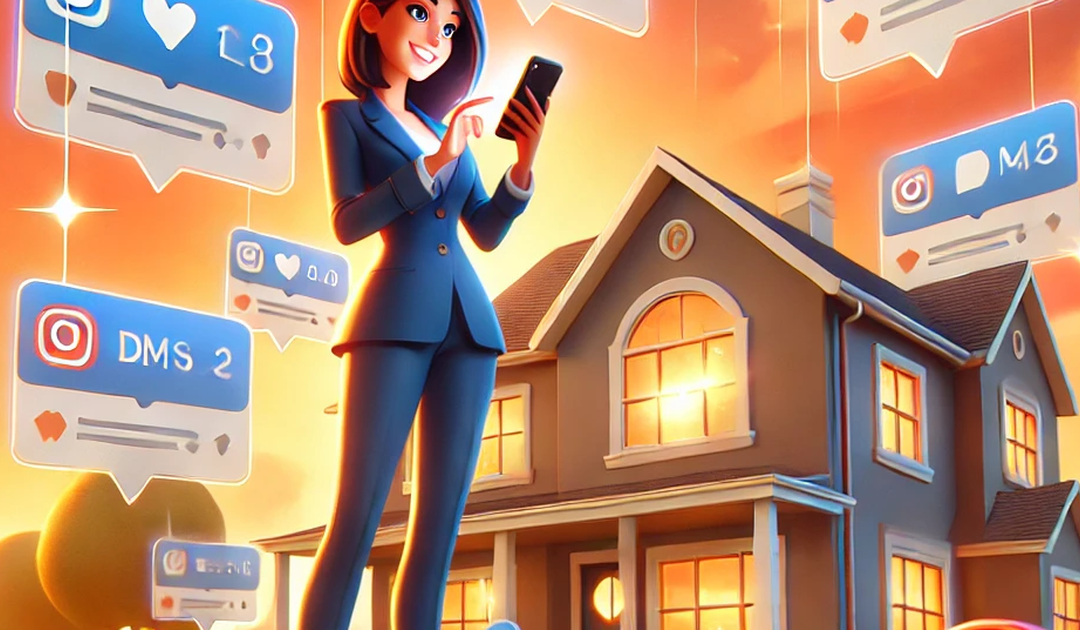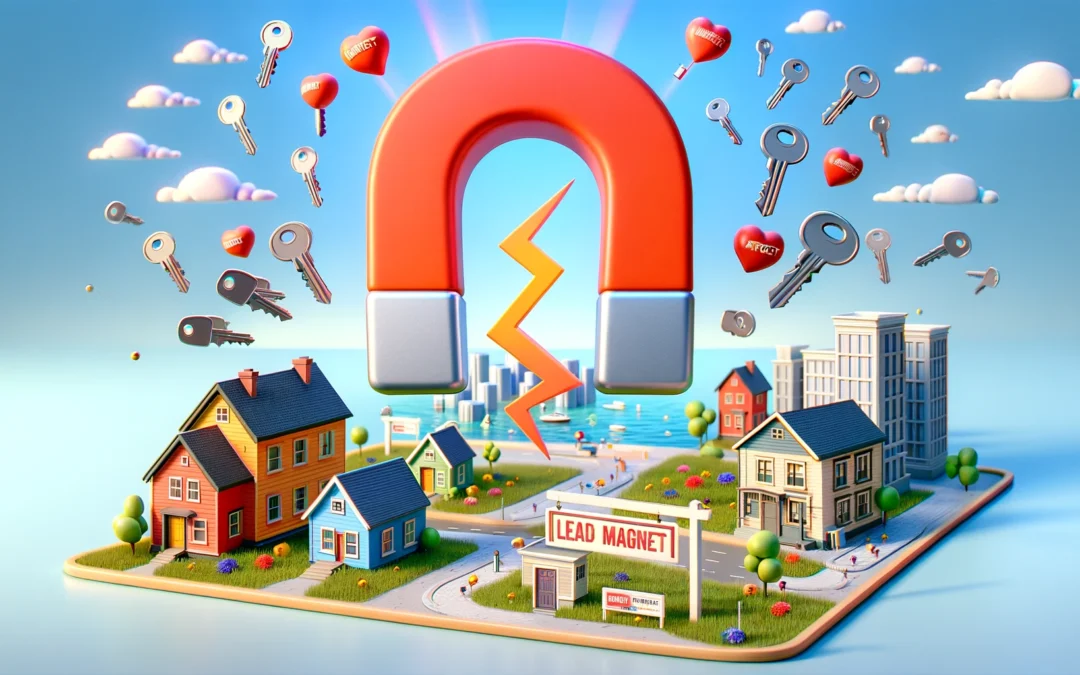
by justsellhomes | Jul 15, 2025 | Uncategorized
Ten years ago, I started Just Sell Homes. Not because it was part of some big plan, I was fired from a job and needed to pay the bills and this was the quickest way. I was actually on the cusp of taking a job somewhere else but the CEO of that company was on vacation...

by justsellhomes | Mar 3, 2025 | Uncategorized
Every real estate agent has been told “you have to list to last.” Yet, so many struggle to get consistent listings. Without listings, you’re always chasing buyers, working harder for lower returns, and constantly at the mercy of market conditions. But what if...

by justsellhomes | Jan 30, 2025 | Uncategorized
Instagram for real estate isn’t just for influencers, it’s a powerful tool for Realtors looking to grow their business. The key is knowing how to turn followers into clients. With the right strategy, you can generate consistent leads, build meaningful connections, and...

by justsellhomes | Aug 13, 2024 | Uncategorized
Are you tired of hearing about the latest “secret” to getting clients on social media, only to find out it doesn’t really work for your real estate business? The truth is, success on social media isn’t about accumulating followers, likes, and comments. It’s about...

by justsellhomes | Feb 2, 2024 | General, Uncategorized
“Online leads are sh*t” You’ve heard it before, I hear it all the time. It’s one of the most common objections we hear at Just Sell Homes with prospective clients. Is it fair? Yes and No. Those who say it are getting MQLs and expecting SQLs. I know what you’re...

by justsellhomes | Jan 22, 2024 | General, Uncategorized
Real Estate Lead Magnets are an incredibly useful tool. When you’re building out a marketing strategy for real estate, in the Join section of the Wheel House Marketing Framework. As in, how do you get people to join your database, you need some lead magnets. All a...







